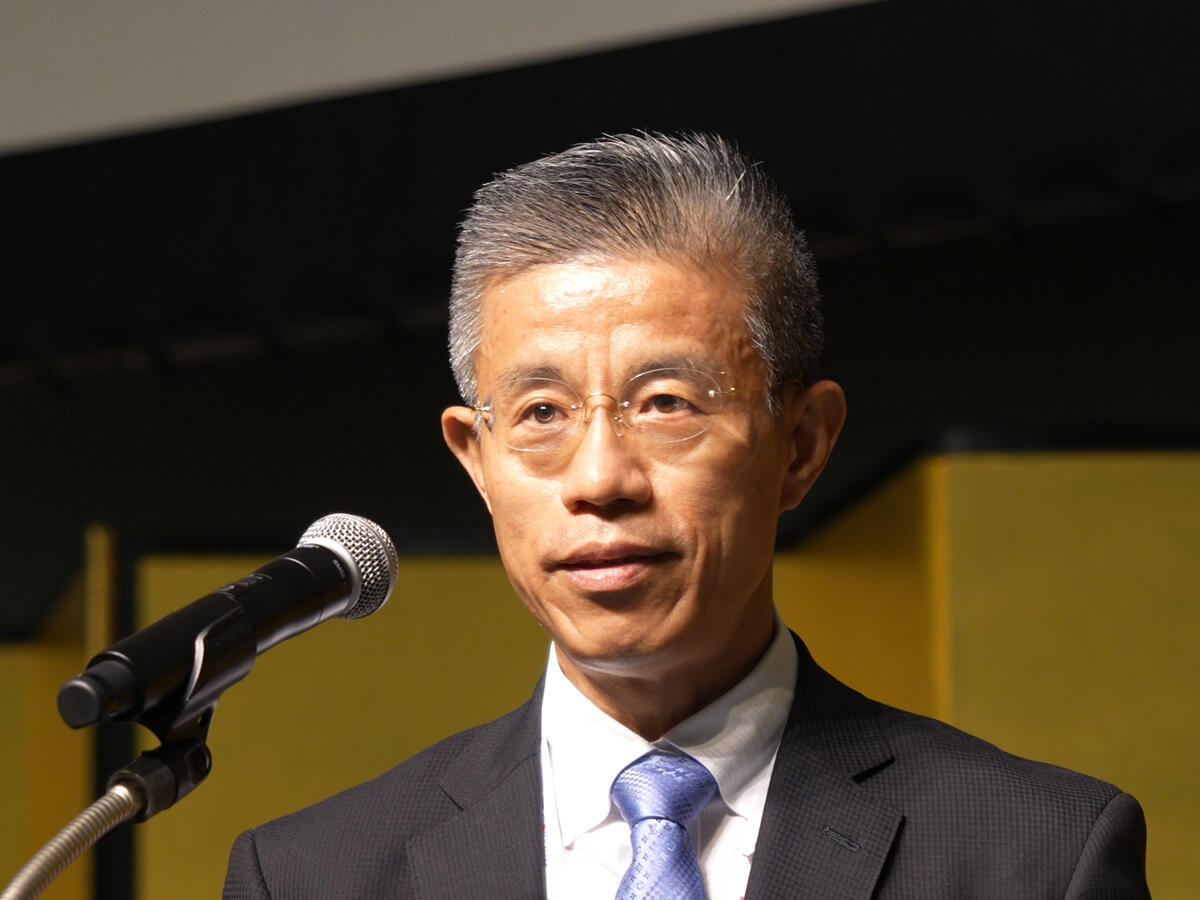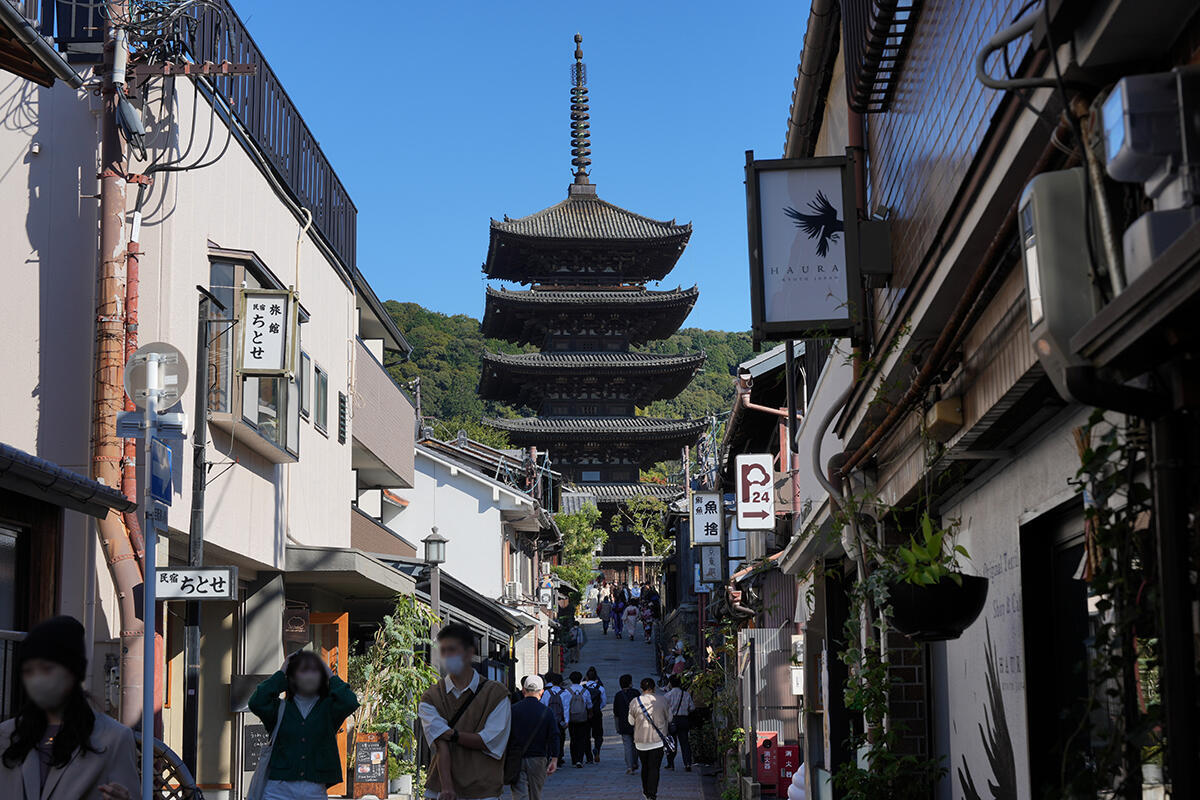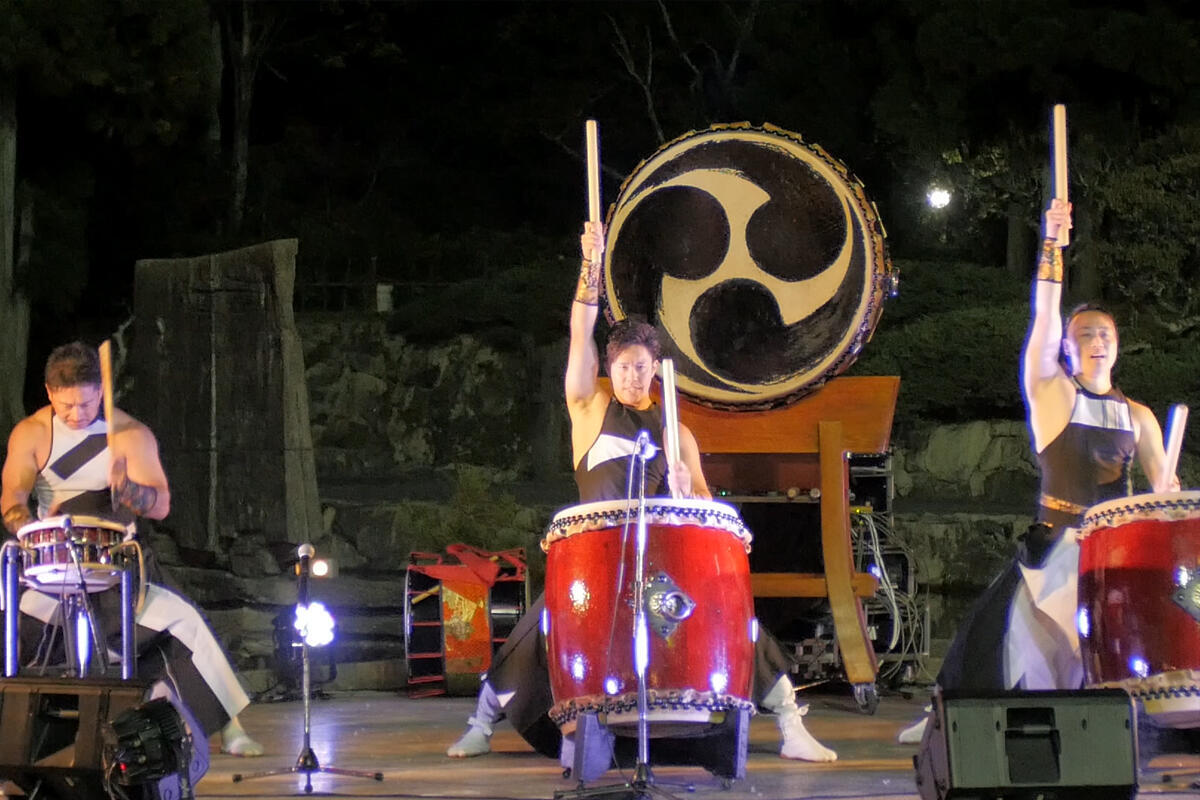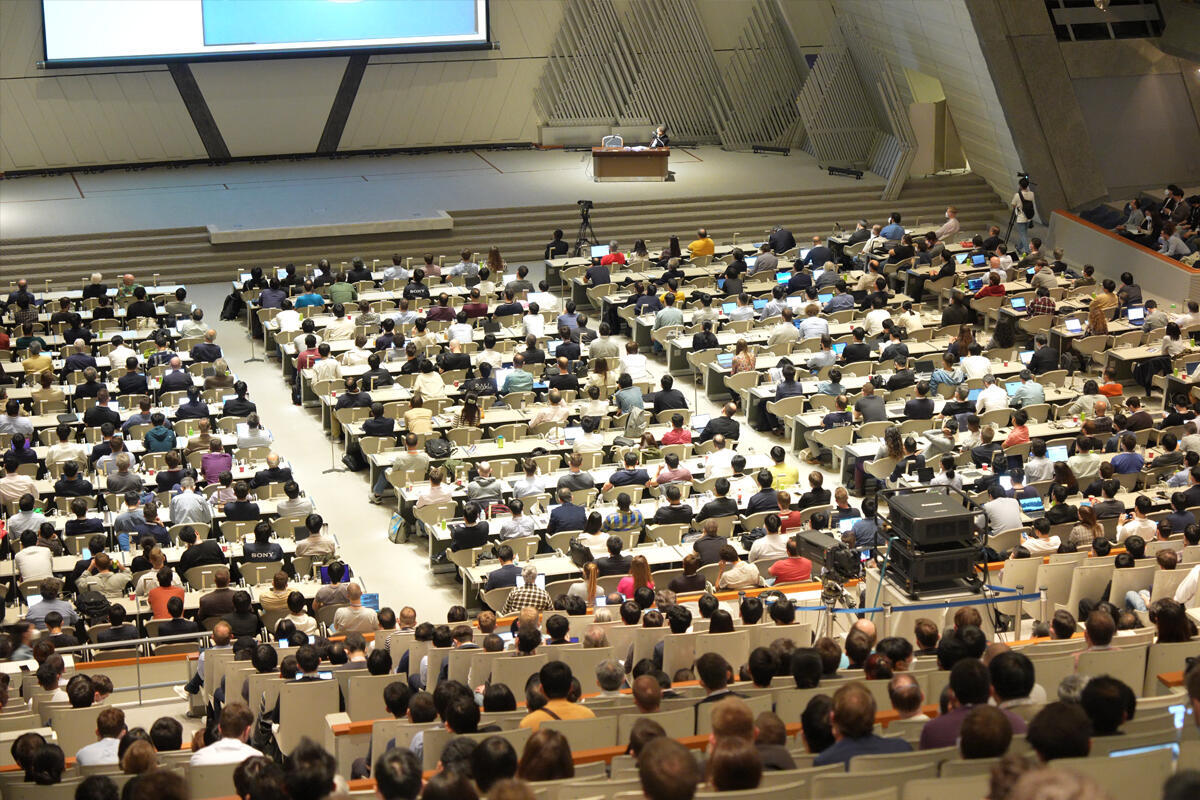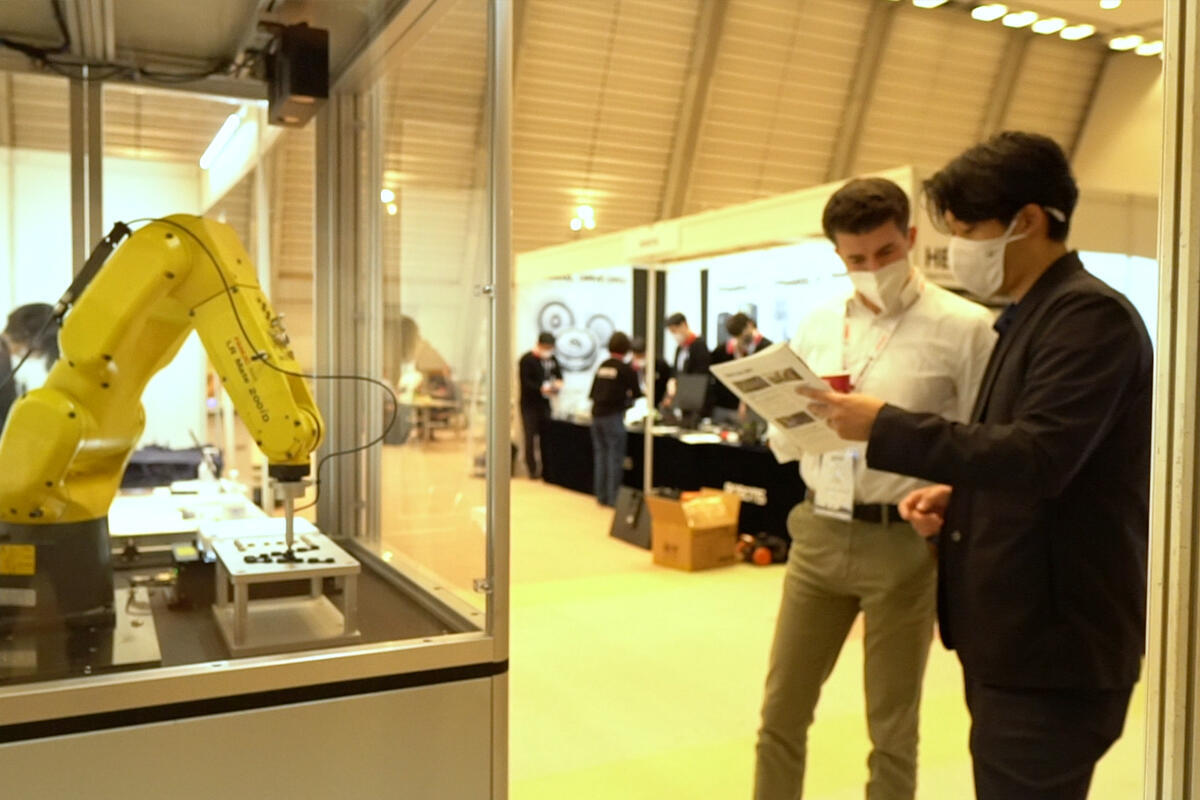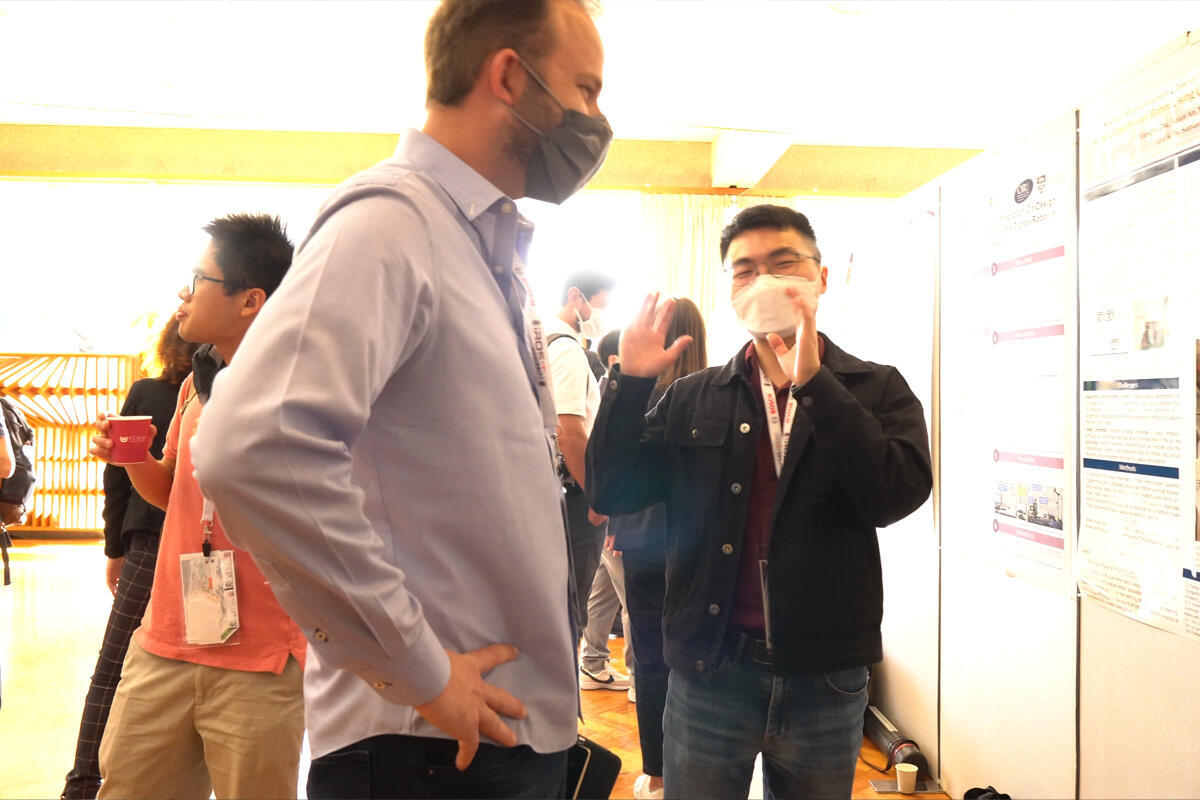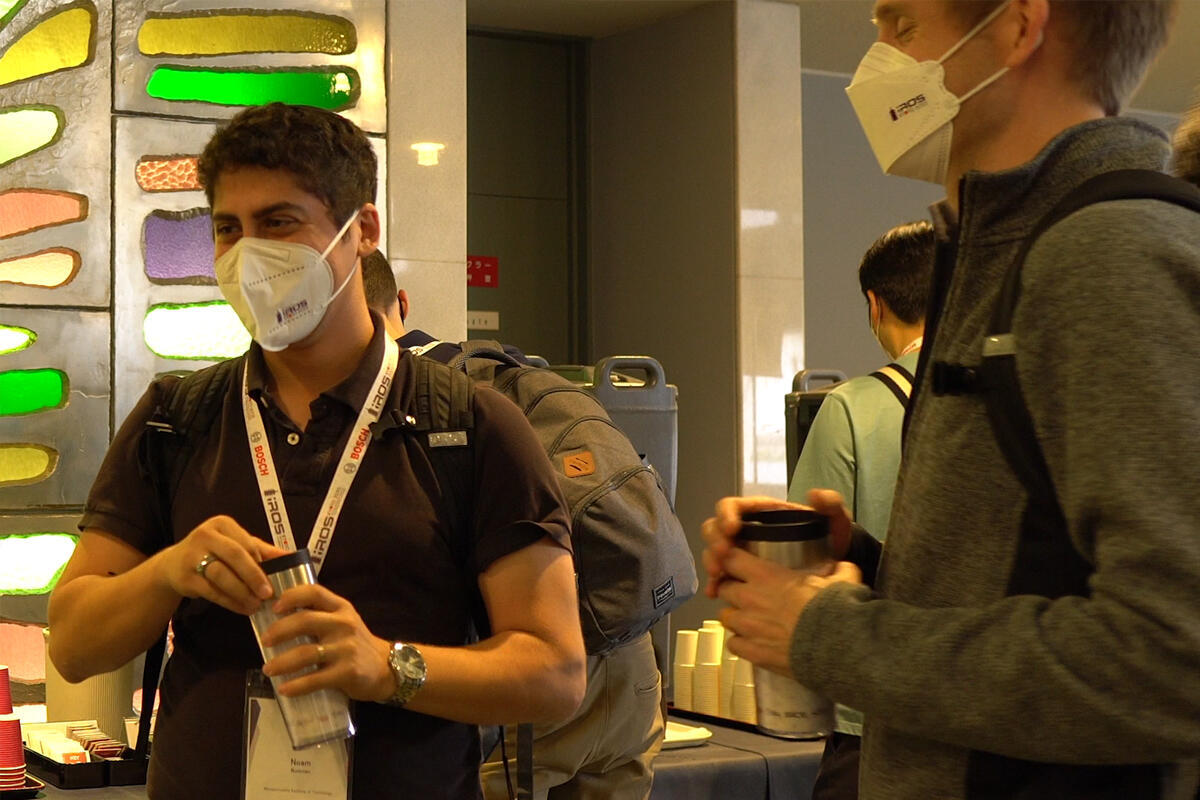Convention Case Studies
The 2022 IEEE/RSJ International Conference on Intelligent Robots and Systems in Kyoto (IROS2022)
The IEEE/RSJ International Conference on Intelligent Robots and Systems (IROS) is one of the world’s largest conferences on international robotics, and its most recent event was hosted in Kyoto in October 2022 at the Kyoto International Conference Center.
While the previous two events were held exclusively online, for the first time the conference took on a hybrid format, welcoming a total of 4,300 participants from 57 different countries, 891 of which joined online. This year, the core theme of the conference was “Embodied AI for a Symbiotic Society”.
We spoke with Prof. Ma Shugen from Ritsumeikan University, the general chair of the IROS2022, about the approach to holding a hybrid conference in the wake of the pandemic.
Conference Overview
| Event Name | The 2022 IEEE/RSJ International Conference on Intelligent Robots and Systems (IROS2022) |
|---|---|
| Dates | October 23-27, 2022 |
| Location | Kyoto International Conference Center (ICC Kyoto) |
| Attendance | Over 4,300, including 891 online participants |
Productivity for all conference participants: a top priority
One of the biggest challenges in organizing the conference was deciding the format. Taking into account anti-coronavirus measures and the rate of infection was an important deciding factor, but the importance of face-to-face interaction also provided strong reasoning for holding the event in person.
If the event were research presentations alone, an exclusively online event might be suitable, but in order to promote networking, the sharing of information, and in-depth discussion about various research topics, a face-to-face event is much more productive.
The issue with an entirely in-person event is that participants may either be concerned about infection or have difficulty entering the country from abroad. At the planning stage of the conference, Japan’s border control measures were still strict.
In order to get the best of both worlds, the event was held in a hybrid format in Kyoto, highlighting the appeal of the well-known city to garner more interest. To make it more appealing to overseas visitors, various cultural programs were organized so that researchers could visit with a travel partner, too.
While the initial target was to have 1,500 in-person participants, thanks to the result of proactive advertising efforts, by September, the number of registered participants was already over 2,000. This was an astounding accomplishment, given that the registration period was even before Japan’s border control measures were relaxed.
High-quality safety measures and cultural programs in place
At the time of the event, infection rates were starting to rise again in and outside of Japan. In order to create a place where researchers of all ages could talk to other participants with peace of mind, IROS2022 took careful safety precautions.
To help ensure a safe environment, a professor specializing in infectious diseases was brought on as an advisor for infection control measures. Various infection countermeasures were put in place throughout the event, such as forgoing the usual welcome parties and group dinners to prevent clusters and overcrowded situations.
In lieu of these customary events, there were creative ways to enjoy traditional Japanese culture and cuisine in a safe environment. Instead of being invited to large dinners, participants were given premier obento (packed meals), as well as Kyoto specialty sweets, sake, and traditional “furoshiki” cloths that can be used for gift wrapping or as a bag. There were also a number of workshops to experience Japanese culture, such as flower arrangement, tea ceremony, and calligraphy workshops. Family members of the organizers’ Japanese colleagues greatly contributed to making this possible.
Making the most of the Kyoto International Conference Center’s spacious grounds, participants were also encouraged to use the outdoor area to mingle without fear of closed spaces and the higher risk of infection. On the final day, there was even a taiko drum performance and a colorful fireworks display in this outdoor area.
VIPs were invited to the 1,200-year-old Daikakuji Temple to see areas not usually open to the public. The temple is culturally and historically significant for being a former imperial villa, which added a great deal of excitement to the overall visiting experience for the guests. Thanks to the excellent weather, participants could enjoy splendid local sceneries, which significantly contributed to their positive feedback on the event.
Securing an accessible online environment
As a hybrid event, it was also essential to create an accessible online environment for those who could not join in person.
Although the conference had its own online communication tool last year, this time the organizers opted to use a familiar tool like Zoom in order to make it easier for all participants, especially senior researchers who were concerned about infection transmissions and could not participate in person, to join the conference online and navigate it at ease. By using Zoom, they also prepared breakout rooms for discussion outside of the more formal talks.
In addition to online participants, attendees at the venue would also connect from two or three devices, so it was necessary to prepare for a potentially larger total number of participants and set the number of simultaneous connections possible.
Professional motivation for new researchers and younger generations
The conference saw high attendance from young researchers and students. Given that this is the first in-person IROS event in three years, this will have been the first of its kind for many younger participants. The in-person aspect of the conference undoubtedly contributed to their motivation to participate and engage actively.
Networking and exchange of ideas are crucial elements for research, so it is likely that experienced researchers were quick to encourage participation. The weakened yen was also a good incentive for young researchers to visit.
The fact that the conference was also available online meant that people could easily join from any part of the world and interact with other participants from the comfort of their home countries without the worry of having to cover rising travel costs. This was one of the most significant contributions of holding a hybrid style for this year’s conference.
Sustainability efforts and raising awareness of SDGs
The Sustainable Development Goals, known as SDGs, are a set of objectives created to achieve a more sustainable future. This year sustainability initiatives were actively implemented and promoted at the conference.
Instead of relying on large amounts of printed materials, at this year’s event, participants were given access to an app to find out more information, such as the event’s program and abstract. The standard single-use bags commonly used to provide conference-related materials and goods in previous years were also replaced with reusable tote bags made with environmentally friendly materials.
During coffee breaks, instead of using disposable plastic or paper cups, participants were given their own souvenir tumblers and could pour their own drinks.
This way, not only was the event able to remain sustainable, but the initiatives also meant that participants walked away with souvenirs of the occasion.
It is clear to see the commitment IROS has to contribute to society through these efforts. Awareness of SDGs is not yet common globally, so we hope that this kind of initiative will help to raise awareness.
The positive outcome of IROS2022
One of the most recognizable achievements of IROS2022 was the opportunity it made for connections between companies and young talent.
In past events, companies have focused on introducing their own products and new technology to participants. But this year, there was a more significant focus on recruiting students and young researchers, as students who join IROS are getting recognized for their proactive efforts.
Now, there are discussions about creating more opportunities for students to link up with companies in future conferences.
After the success of the IROS2022, the knowledge gained from the event will be put to good use for the 41st International Conference on Robotics and Automation (ICRA 2024), scheduled to be held in Yokohama in 2024.
